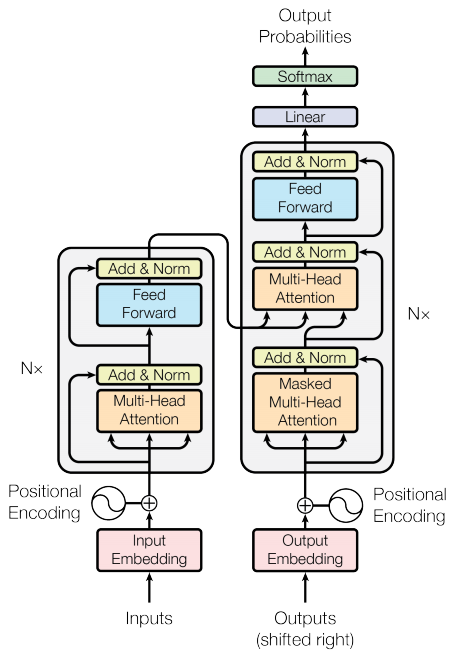The grasshopper laid on the small open air passageway between the stairs and the front door of my apartment. A streak of ardent green juxtaposed against the gray, brutalist pockmarks of the concrete walkway. And yet, I almost stepped on it. Not, on purpose mind you, but because of the very subtle pull from peripheral vision; a beckoning of sorts when one’s mind is on autopilot.
It looked like it was dead. A grasshopper is not considered an elegant insect, with its many sharp angles and rectilinear tagma. Nothing like the gentle curves of a butterfly. But with this, comes a natural orientation that I could clearly see even while erect. It was lying on its side, throwing off the alignment to the ground attained by millions of years of evolution.
But occasional twitches showed specks of life remained. Unfortunately, my hands were full carrying trash to the bin, and saving this tiny green mote involved several steps. I would had to lean my trash bag against the wall, find and gently use a piece of card stock or paper to scoop the little fellow. Finally, take this little specimen down the flights of stairs and deposit it among the shrubs.
Maybe “several steps” is overselling it, but I ultimately did nothing and continued with my chores after returning from the bins. Was it really that hard to do something for a helpless creature stuck in a foreign land? The activation energy required so large that I chose inactivity? (To be fair, it was three flights of stairs…)
Or was my laissez faire attitude the correct choice for it was too weak to survive anyways? The wind was strong that day, and I suspected that it was blown from the nearby tree onto the balcony. Perhaps the traveler was just catching its breath and would straighten up by itself after several minutes
Twenty minutes later, when I was throwing away the recycling, it was gone.









